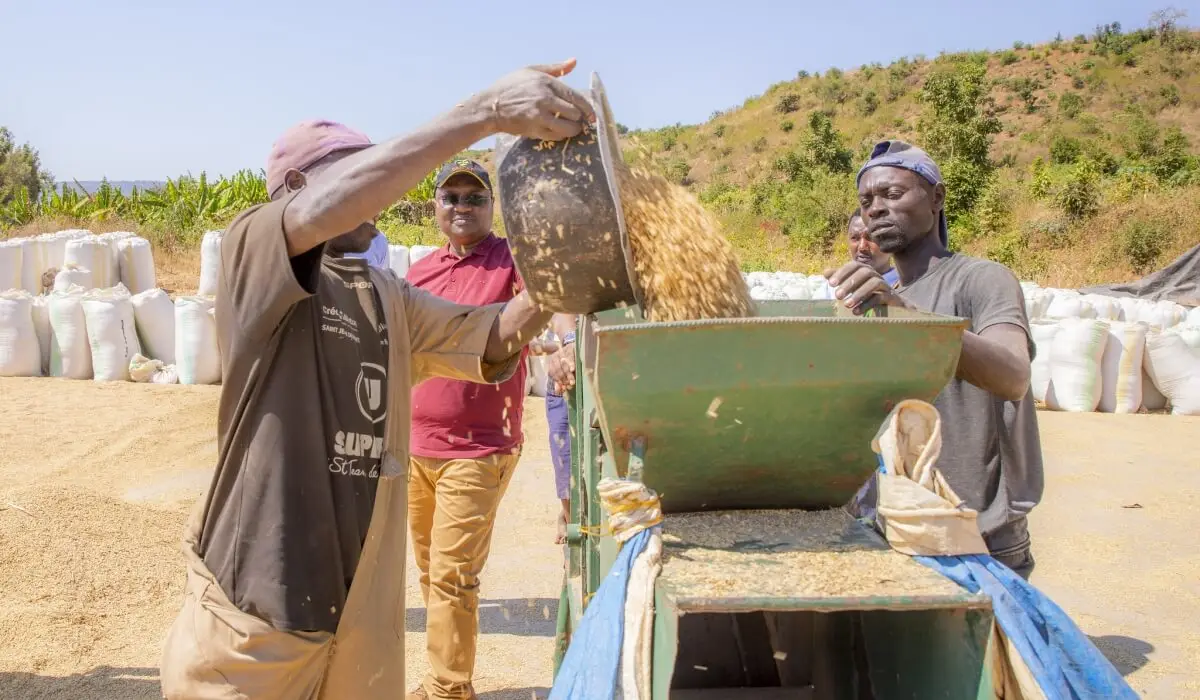Africa is the most food insecure continent in the world despite its huge agricultural potential. In 2021, about a fifth of the continent’s population faced hunger. Furthermore, AU’s Comprehensive African Agriculture Development Programme (CAADP) Biennial Review report (2019-2021) reveals that the continent is not on track to meet its goal of ending hunger by 2025. With its ballooning population, which is expected to constitute 25% of the world population by 2050, Africa’s food demand is expected to soar by 60% in 2030 compared to 2015 according to a World Bank report.
Factors accounting food insecurity on the continent are diverse and multifaceted. As a region, it is the worst affected by long term shifts in temperature and weather patterns caused by climate change and global warming. Climate change continues to have a catastrophic impact on agriculture; the backbone of the continent’s economy.
Recent external factors that led to food supply chain disruptions and, consequently grave food security challenges for the continent, have created an imperative for intra-African trade to meet its current and future food security objectives. The COVID-19 pandemic had a severe impact on food prices and by extension food security. This has all been aggravated by the ongoing Russia-Ukraine war that disrupted the supply of key commodities such as wheat and fertilizer; a critical agro input. Indeed, sharp price increases of bread, a staple food in many African countries triggered unrest as witnessed in instances such as Sudan. All these factors have exposed the fragilities of Africa’s food system, among them the over-reliance on imports. The continent’s food imports include wheat, sugar, rice, beef, and soybeans (commodities that can be produced in the continent).
Meanwhile, intra-regional trade in Africa, albeit on the rise, is the lowest globally at circa 15% compared to other regions such as Europe and Asia. The cost of intra-African trade is also higher than in any other developing region. Africa, essentially trades more with the rest of the world; making it more integrated with the rest of the world than itself.
The ACFTA is a key opportunity that has the potential to reduce the growing insecurity on the continent.
How ACFTA can contribute towards food security
Removal of tariffs on food products
Tariffs particularly VAT and excise duties that are imposed on food, primarily contribute to the high prices. Granted that tariffs may be used to support local production, they have often been applied in conditions of low agricultural productivity. Thereby raising food prices, lowering demand among consumers and limiting the commercial viability of agriculture for farmers. AfCTA aims to, albeit gradually, eliminate 97% of tariff lines that account for 90% of Intra-African imports. The continental free trade area can contribute to food security and build the regions’ food value chains by phasing out duties on critical agro-inputs such as fertilisers and agro-chemicals. It is not lost on the secretariat that removal of tariffs will cause revenue loss for members. For instance, tariffs imposed on food are as high as 25%. The secretariat has, therefore created specific adjustments to revenue loss emanating from lifting of tariffs on food and agro inputs.
Increased trade openness as a result of a free trade area regime such as AfCTA has the capability to accelerate technology diffusion in the country, hence improving productivity and innovation activities. This actualizes welfare gains and enhanced agricultural production as resource are transferred to their most productive uses and lowers consumer price.
Complementary measures to ACFTA
However, for the full benefit of the continental free market in promoting food security objectives to be realized, it is accompanied by measures, protocols and policies such as the AU’s action plan for Boosting Intra-Africa Trade (BIAT) to enhance productive capacities and promote investment for value addition and ultimately fast track pan-Africa trade. These include among others:
Harmonisation of food quality and safety standards: FAO estimates that domestic food prices are 13 % higher due to sanitary and phytosanitary (SPS) measures. Each country sets SPS standards in trading agricultural goods across borders and are critical to, among other reasons, protecting public health. Over time, they have become relatively more important than tariffs in restricting trade. Weak capacity for compliance or poorly applied procedures for small producers and traders result in exclusion from key commodities markets or a heightening in the cost of trade. ACFTA aims to harmonise and recognise equivalence of food standards across the continent to guarantee consumer welfare, reduce compliance costs (by extension, lowering trade costs and lower prices for consumers) and facilitate more food trade.
Pan-African Payment and Settlement System (PAPSS). Most often, the food value chain in Africa has operated with cash. As it happens, even imports are paid for by moving cash from one country to another. The continental body has launched the Pan-African Payment and Settlement System (PAPSS), a continental wide efficient and cost-effective way of making payment. PAPSS will trim the cost, duration and time variability associated with cross-border payments across the continent for food products and agro-inputs. The system will reduce the dependency on hard currencies to conduct commerce across borders and potentially save the continent US$5 billion annually on transaction costs. Before the technology, 80% of African cross-border payment transactions originating from African banks were routed offshore to a correspondent bank, to settle payment between two African currencies in a third currency, usually the dollar.
The role of the service sector. Food and agricultural policies are intrinsically linked with other sectors such as transportation, finance, insurance and production services. The service protocol, coupled with a continental strategy for the transport sector, will facilitate a competitive national and continental transport services. The dismal state of infrastructure on the continent is a major bottleneck for intra-African trade. Also, elimination of barriers on the free movement of persons would enable veterinary and agronomic professionals from other African countries to provide services that may be scarce locally. In addition, the development of a digital trade protocol would eliminate bottlenecks to digital trade and promote access to a digital economy by establishing harmonised rules, principles and standards for a safe and secure digital trade environment. For instance, mobile phone applications can be utilised to commercialise agro-inputs and products critical to productivity and by extension, boost agricultural trade and production. Digital trade also opens up opportunities for women and youth to participate in cross-border trade.
Empirical evidence has shown that integration is a pivotal propeller for economic growth, industrialisation and sustainable development in the continent. It brings significant gain in wealth and welfare and consequently meeting the Sustainable Development Goals (SDGs). ACFTA, aimed at creating a single market for goods and services, if fully implemented, can not only be leveraged to meet the continental common objective of food sovereignty but turn the region in to a global food production powerhouse.
Read original article
Disclaimer: The views and opinions expressed in this article are those of the authors and do not necessarily reflect the official policy or position of TradeMark Africa.


